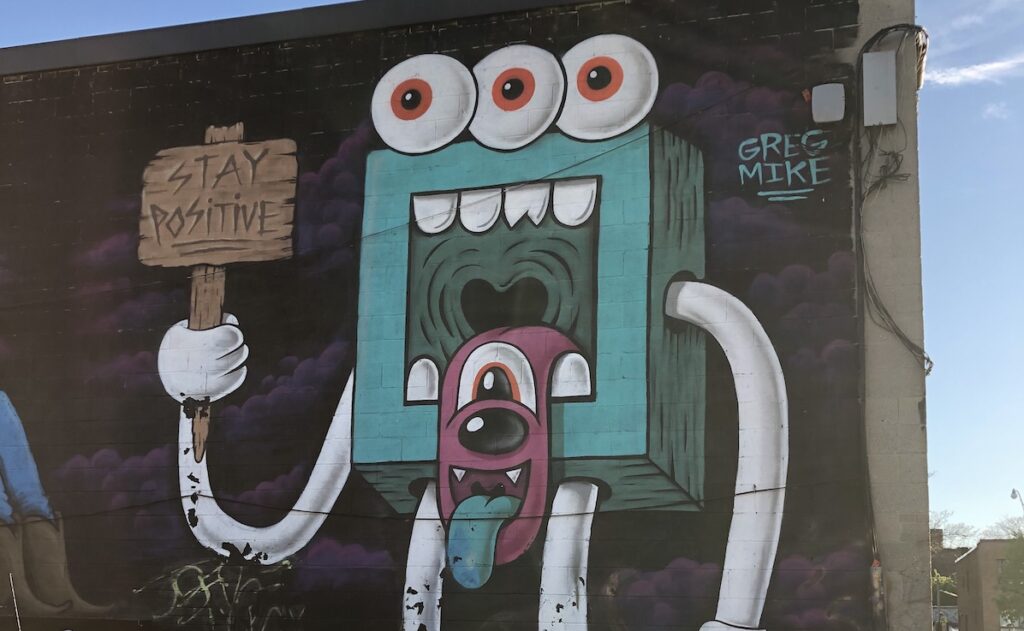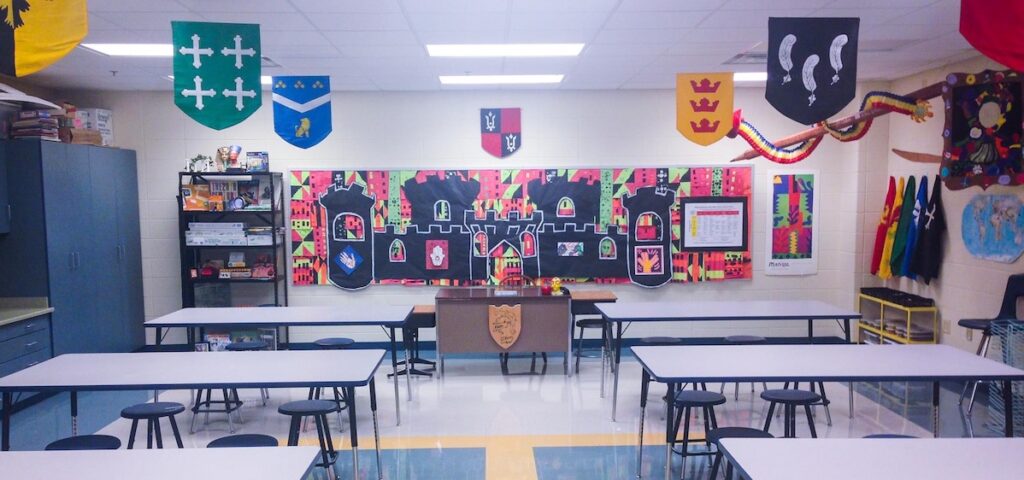If you’re able to get away this summer, take advantage of your time off! Travel to a new and interesting place. Even if you’re planning to stay at home for the summer, look at your community through the eyes of a tourist. There may be interesting things you haven’t seen before or visited lately. In either case, summer is a great time to explore communities, cities, and places for new art project ideas.
Here are 4 ways to make travel a part of your teaching:
1. Plan ahead.
Once you have a destination picked out, include a few art-related stops on your itinerary. Art museums are great, but you don’t have to stop there. Check for galleries, public art, and artisan markets online before you leave. History museums and sites can be a great stop to inspire new art and cross-curricular projects.
Visiting a historical site, like Mayan or Aztec pyramids, may inspire a new unit for your students. Maybe you already teach a unit on Egyptian art. This could be an opportunity to compare and contrast the new ancient civilizations. For example, both built impressive pyramids, created a system of writing, and had skilled artisans. Take pictures, grab a few extra brochures, maps, or any free resources you can bring back to the classroom. Visit gift shops for artifact replicas. Share them as examples to help make your lesson even more engaging.
2. Look for inspiration—anywhere!

Planning specific things to see definitely helps, but be on the lookout for inspiration as you move around your location. The macrame plant holders at the local market may give you an idea for a new art club project. A mural on the side of a building may spark an idea for a new project! Inspiration can strike at any time, so be mindful and open to it.
Street art can be a great source of inspiration for new art projects your students will love as well. There’s a great variety of street artists out there. It is an excellent reference material for students to create their own original work. Some street artists have signature characters or patterns that repeat in their work. Students can design their own mural idea and incorporate their own signature elements. Take the inspiration a step further and arrange for students to collaborate on a temporary or permanent mural in your school or community. Encourage students to design a theme, a color palette, and problem solve how to best fill the space. This kind of collaborative work can be a lasting memory for you and your students.
Check out Everyday Artroom: Pack Your Bags! Travel for Teachers (Ep. 035) and 5 Ways To Make Your Travel Dreams Come True.
3. Think like a student.


Sometimes, as art teachers, we are so focused on our existing, successful curriculum that we miss out on opportunities to change it for for the better. While you’re on vacation or exploring a local city, try to see the sights through the eyes of your students. If you have children, take note of what they find interesting while on your trip.
For example, if they spend most of their time at the art museum mesmerized by the suits of armor, chances are some of your students would like them as well! Then, make a mental or digital note to come up with an engaging lesson focused on medieval art. Think like a student to keep your curriculum fresh and fun for deeper learning!


4. Share your experiences.
Don’t just present these new project ideas to students. Share where they came from! Students will get a kick out of seeing your pictures and hearing about your experiences. As a bonus, it will show them that not only are you passionate about teaching art, but also sharing it with them. Many of your students may not have the opportunity to travel and visit cities, museums, and experience other cultures. You can bring some of your trip back with you to the classroom.
By doing so, you model the importance of learning from others, and the value of seeing art in person. While students may never get the chance to go to The Louvre, you can inspire them to check out the local gallery or an art museum in the nearest city. Share your passions with students, and your excitement for travel and exploring will be contagious!
Traveling is a great opportunity for you to get away, enjoy time with your friends or family, and reset before the upcoming school year. It can also be a great tool in keeping your life balanced and feeling at peace. While the trip may be for you and your loved ones, you can also gain a lot by bringing the art and experiences back with you to share with students. Use your travel to refresh your curriculum with new projects and examples, excite your students with engaging projects, and peak their unique interests.
Where will you travel this summer?
What trips have helped inspire projects in your classroom?
Magazine articles and podcasts are opinions of professional education contributors and do not necessarily represent the position of the Art of Education University (AOEU) or its academic offerings. Contributors use terms in the way they are most often talked about in the scope of their educational experiences.





